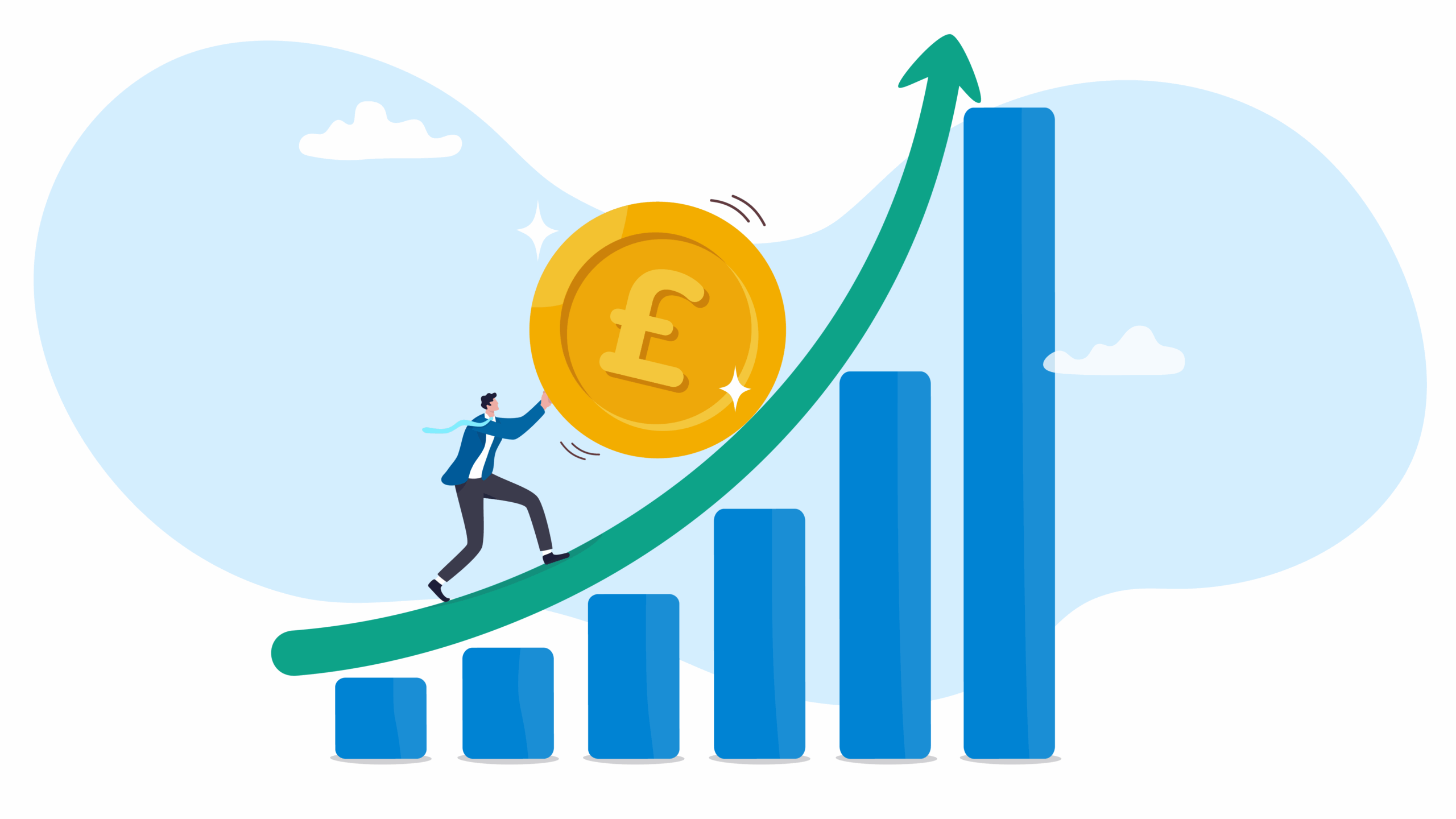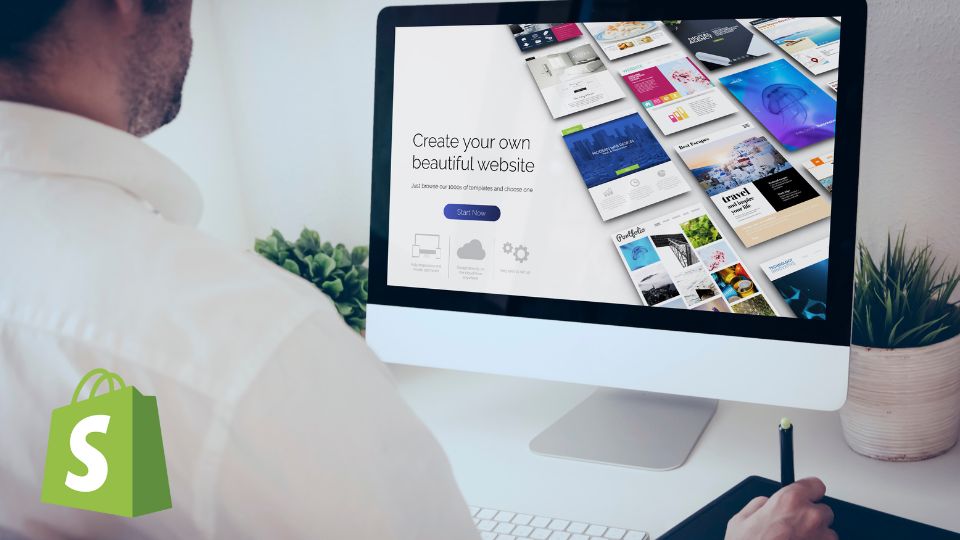The boom in online commerce has transformed how businesses operate, making platforms like Shopify more popular than ever. With over 1.75 million businesses using Shopify worldwide, it is clear that this platform is a top choice for entrepreneurs looking to enter the online retail space. Whether you are an aspiring entrepreneur, a small business owner, or just contemplating an online store, Shopify provides a solid launchpad.
However, budget constraints can often be a limiting factor. When funds are tight, launching a new online store comes with its share of challenges. From website design to marketing, costs can quickly add up. You might think that the saying “You can’t make a silk purse out of a sow’s ear” applies here, but Shopify proves otherwise. The good news is that it is entirely possible to build a successful Shopify site on a shoestring budget with the right approach. By embracing cost-effective strategies and leveraging Shopify’s built-in features, you can create a functional and attractive online store without breaking the bank. This article will guide you through essential steps and practical tips on how to attract customers to your store with Shopify.
Building Your Foundation
Finding Your Niche
Finding your niche is a strategic choice that can set you apart from the competition and lay the foundation for success. eMarketer reports that businesses with a well-defined niche can see up to a 30% increase in sales because they cater specifically to a dedicated audience.
By focusing on a particular customer base or product category, you can fine-tune your marketing efforts and use your budget more effectively. This targeted approach not only attracts customers who are more likely to convert but also helps build a brand identity that resonates with your audience.
Choosing a Plan
Selecting the right plan is crucial for managing your budget and ensuring you have the right tools for success. Shopify offers a range of plans tailored to various needs, but if you are just starting out, the Basic Shopify plan, priced at $39 per month, is often your best bet. It is affordable and provides a cost-effective entry point for new businesses.
This plan includes all the essentials: unlimited product listings, 24/7 customer support, and core functionalities to help you get your store up and running without stretching your budget. It is a solid starting block – just like the saying, “Well begun is half done.” As your business grows, you will have the flexibility to upgrade to a more advanced plan that suits your expanding needs. Starting with the Basic plan allows you to test the waters and ensure Shopify’s tools are a good fit before making a larger investment. It is a savvy way to manage your costs while benefiting from Shopify’s robust ecommerce features.
Free Themes with Flair
Shopify’s collection of over 100 free themes offers an excellent starting point for creating a stunning online store. These themes blend professionalism with customisation options. Research shows that stores using free themes can experience up to a 20% boost in conversion rates compared to those with custom designs. This is because free themes are crafted for peak performance and aesthetic appeal, making it easier for visitors to browse and shop.
Shopify’s built-in editor allows you to customise these themes to align with your brand’s unique style. With a touch of creativity and a keen eye for detail, you can achieve a polished and professional look for your store – all without spending an extra dime.
Optimising Your Product Showcase
DIY Product Photography
As the saying goes, “You never get a second chance to make a first impression”. In the world of online retail, the first impression customers have of your offerings is often through your product photos. Research by MDG Advertising shows that 67% of consumers place high importance on the quality of product images when making purchasing decisions.
Fortunately, you don’t need a professional camera to capture stunning photos. With just your smartphone and some basic techniques, you can achieve impressive results. Embrace natural light – it acts like a magic wand, providing soft, even illumination that makes your products truly shine. Position your shots against a clean, neutral background to keep the focus on your items and avoid distractions. A simple setup, such as a DIY lightbox or a well-lit spot by a window, can work wonders, improving your photos without breaking the bank. So, roll up your sleeves – high-quality product photos are well within your reach!
Compelling Product Descriptions
Once your product photos are in place, the next crucial step is crafting clear and engaging product descriptions to turn visitors into buyers. Research by Nielsen Norman Group reveals that users typically read only about 20% of the text on a web page, so grabbing their attention quickly is key.
Create descriptions that are both concise and informative. Highlight the key features and benefits of each product while addressing any potential customer concerns directly. Use bullet points for easy readability and emphasise any unique selling points that set your product apart. A well-written description informs, persuades, and nudges your visitors closer to making that all-important purchase.
Keeping Costs Down with Apps
Start Minimal, Add Strategically
Shopify’s App Store is brimming with both free and paid apps that can boost your store’s functionality. When it comes to enhancing your Shopify store with apps, start with focusing on essential free apps to keep your budget in check. These free apps can deliver valuable features like product reviews, customer chat, and shipping integrations at no cost. For instance, apps like Product Reviews and Tidio Live Chat are fantastic tools that can ramp up customer engagement and trust without costing you a dime.
Before adding more paid apps, take a moment to assess the performance and impact of the free ones. This way, you ensure that each app you invest in provides genuine value and meets your store’s needs. After all, “Measure twice, cut once” – a thoughtful approach will pay off in the long run.
Prioritise Paid Apps
When it is time to explore paid apps, think of it like picking the right tool for the job. Be strategic about your choices and invest in paid apps only when they are truly necessary for the specific features your store needs.
On average, Shopify store owners spend around $300 annually on apps. To ensure a solid return on investment, prioritise paid apps that address specific needs and offer substantial benefits. For instance, if you are after advanced analytics or marketing automation, investing in apps like Klaviyo for email marketing or Lucky Orange for heatmaps can be a wise move. Always weigh whether the paid features justify the expense and if they contribute directly to enhancing your store’s performance and boosting sales.
Content Is Your Free Marketing Weapon
SEO Power
Search Engine Optimisation (SEO) is a powerful and cost-effective way to attract organic traffic without breaking the bank. As they say, “The best things in life are free” – and this certainly applies to SEO, which drives more than 50% of website traffic, according to BrightEdge.
To tap into this potential, start by incorporating relevant keywords into your product titles, descriptions, and page content. Use tools like Google Keyword Planner to discover what your target audience is searching for, and sprinkle these terms throughout your site. Effective SEO practices boost your search engine ranking and attract visitors without costing you a penny in advertising.
Building Brand Authority with a Blog
A blog is a powerful tool for building your brand’s authority and drawing traffic to your store. HubSpot reveals that businesses that blog regularly generate 67% more leads per month than those that don’t.
Think of your blog as a stage where you showcase your expertise and connect with your audience on a deeper level. By consistently sharing informative and relevant content about your niche, you position yourself as a thought leader and attract potential customers. Additionally, a well-maintained blog enhances your store’s SEO, boosting your visibility and credibility in the crowded online marketplace.
Concluding Thoughts
Building a successful Shopify website on a budget is not a dream – it is a very achievable goal with the right strategy and tools. By thoughtfully choosing your niche, picking an affordable plan, making the most of Shopify’s free themes, and refining your product presentation, you can create a professional and eye-catching online store while keeping costs in check. Using free apps wisely and investing in effective content marketing can further enhance your store’s functionality and visibility.
Remember, a well-planned approach and a budget-conscious mindset are your best allies. If you need a boost, consider expert guidance to maximise your potential. Fourmeta UK, a headless Shopify agency, offers specialised advice and strategies to help you attract customers and achieve your ecommerce goals.











